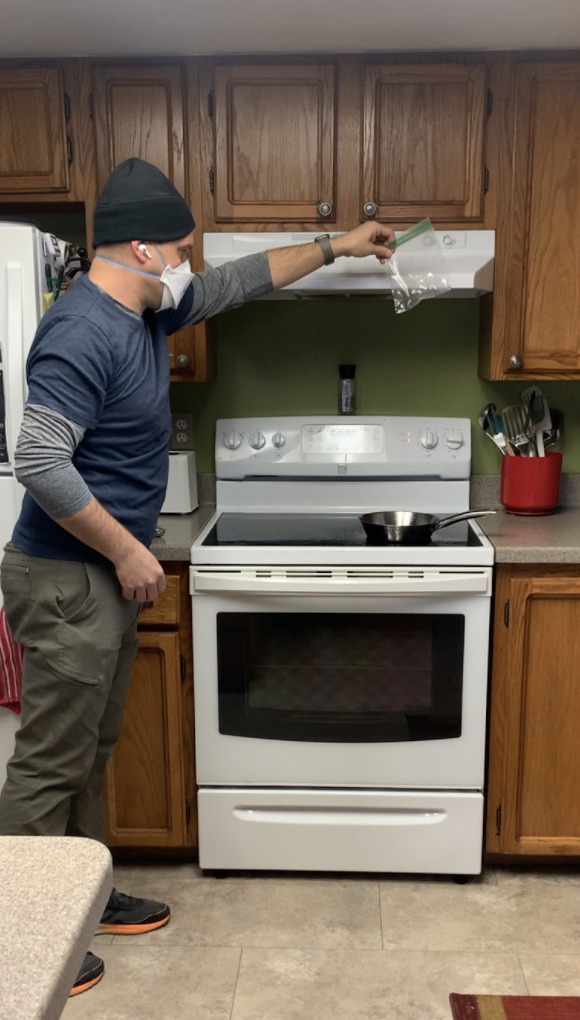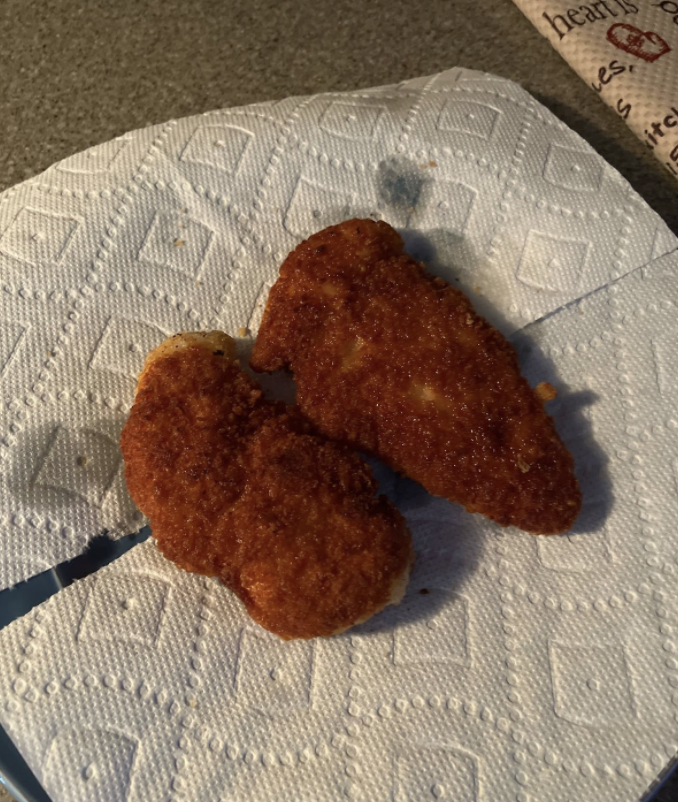When we talk about air pollution, the first thought that pops into most people’s heads is polluted skies & outdoor environments. However, indoor air pollution is an equally important issue for human health. An average person spends 90% of their time indoors, which makes it all the more crucial to be studying indoor air quality.

As a part of the ALPACA campaign currently happening in Fairbanks, a group of scientists have come together under one roof to measure emissions from cooking. Cooking is a major source of indoor air pollution, and releases both gaseous pollutants as well as particulate matter. These pollutants vary based on different cooking styles, ingredients & food temperature. A part of the experiment involves slowly dropping water in hot oil, to generate oil based pollutants. Other parts include cooking pasta or chicken tenders, good enough for a scrumptious meal!

As we continue to do more of such cooking experiments indoors, we hope to find how much harm different cooking methods can do to air quality inside the house, and to the well-being of people. Until then, make sure your kitchen is well ventilated with a range hood or an exhaust to drive out the pollutants. And of course, stay well-fed!
-Sukriti Kapur
Graduate student, Shiraiwa group
University of California, Irvine

